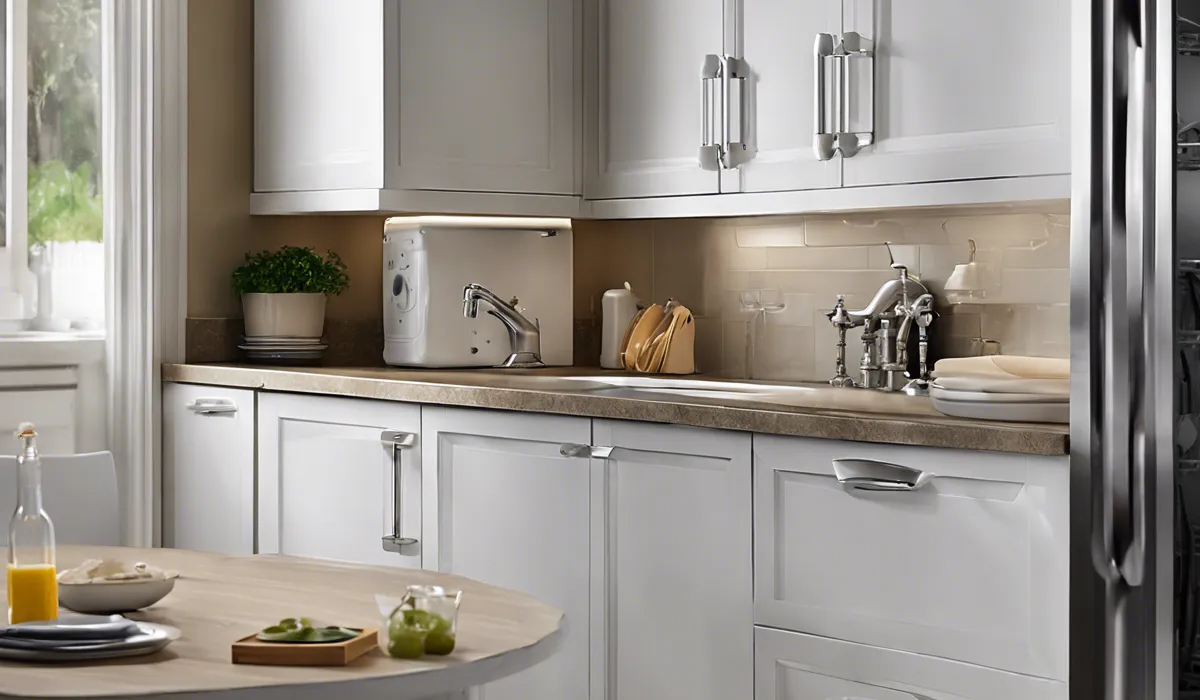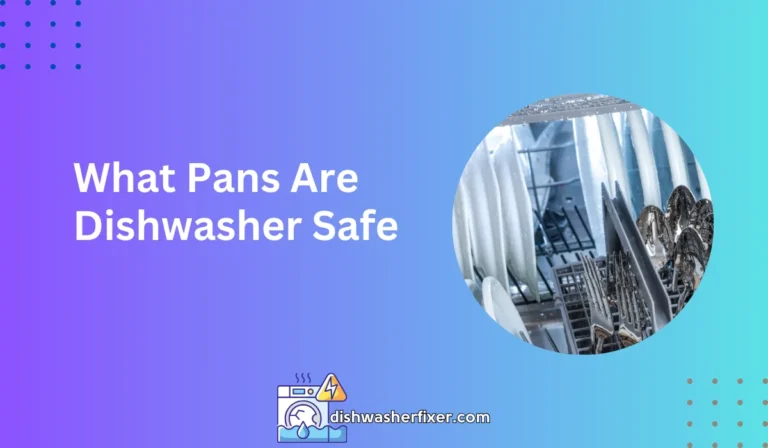How to Connect Dishwasher to Sink: A Step-by-Step Guide
To connect a dishwasher to a sink, secure the drain hose to the sink’s drainpipe or garbage disposal with a clamp. Attach the water supply line from the dishwasher to the sink’s hot water valve. Ensure the electrical connection is safely plugged into a grounded outlet. Check for leaks after installation.
Preparing for Installation

Gathering Necessary Tools and Materials
Before diving into the installation process, it’s crucial to gather all the tools and materials you will need. This includes adjustable wrenches, screwdrivers, a level, plumber’s tape, and the dishwasher installation kit.
Make sure you have a bucket and some towels on hand to deal with any water spills. Double-check that you have all your supplies ready to avoid any mid-installation trips to the hardware store.
Turning Off Water Supply
Safety first! It’s essential to turn off the water supply before starting the installation to prevent any accidental flooding.
Locate the water valve under your sink and turn it clockwise to shut off the water. Once the water is off, open the sink faucet to release any remaining pressure and water in the pipes.
Checking for a Dishwasher-Ready Sink
Not all sinks are immediately ready for dishwasher installation. Check if your sink has an existing dishwasher drain connection or a garbage disposal unit with a dishwasher inlet.
This is where your dishwasher’s drain hose will be connected. If your sink doesn’t have these features, you may need to install a dishwasher drain adapter kit.
Draining Water Lines
Once the water supply is turned off, it’s time to drain any water remaining in the lines. This can be done by running the water until the flow stops and then using a bucket to catch any drips when you disconnect the water lines.
Draining the water lines ensures a dry work area, reducing the risk of water damage or slip hazards.
Connecting the Dishwasher to the Water Supply

Installing the Dishwasher Elbow onto the Dishwasher
The dishwasher elbow is an essential component that connects the dishwasher to the water supply line.
Wrap the threads of the elbow with plumber’s tape to ensure a watertight seal and hand-tighten it onto the dishwasher’s water inlet. Then, use an adjustable wrench to secure it in place, being careful not to overtighten and damage the threads.
Attaching the Water Supply Line to the Sink’s Water Valve
Next, connect the water supply line from the dishwasher to the sink’s hot water valve. This is usually a flexible stainless steel hose.
Apply plumber’s tape to the valve’s threads and attach the hose, tightening it with an adjustable wrench. Make sure the connection is secure but not too tight, as this can strip the threads.
Securing the Connections and Checking for Leaks
After all connections are made, it’s time to check for leaks. Slowly turn the water valve back on and observe the connections for any water seeping out.
If you notice a leak, turn off the water valve, tighten the connection slightly, and check again. Repeat this process until there are no leaks.
A leak-free installation is crucial to ensure the longevity of your dishwasher and to prevent water damage.
Setting Up the Drain Connection

Connecting the Dishwasher Drain Hose to the Sink Drain
The drain hose is what carries the wastewater from your dishwasher to the drain system.
Secure the drain hose to the sink’s drainpipe or the garbage disposal unit, depending on your setup. Use a hose clamp to ensure the hose is firmly attached and won’t come loose during operation.
Using a High Loop or Air Gap for Proper Drainage
To prevent dirty water from flowing back into the dishwasher, it’s crucial to create a high loop in the drain hose or install an air gap.
A high loop is when the hose is looped up to the bottom of the countertop before connecting to the drain, while an air gap is a small device installed on the countertop that prevents backflow.
Both methods ensure that the dishwasher drains correctly and maintains sanitary conditions.
Ensuring a Tight Seal to Prevent Leaks
Leaks can be a significant problem with dishwasher installations, so it’s important to ensure all connections are sealed tightly.
Check that the hose clamp around the drain hose is secure and that there are no gaps or cracks where water could escape.
Additionally, make sure that the air gap or high loop is set up properly to avoid any potential drainage issues.
Testing the Dishwasher After Installation
Once everything is connected and secure, it’s time to test your dishwasher. Run it through a short cycle while monitoring for any leaks or issues.
Listen for any unusual noises that could indicate a problem with the installation. If everything runs smoothly and the dishwasher drains properly, congratulations! You have successfully connected your dishwasher to the sink.
FAQs About Connecting a Dishwasher to a Sink
How do I secure the dishwasher drain hose to the sink?
Secure the drain hose to the sink’s drainpipe or garbage disposal using a clamp to ensure a tight and leak-free connection.
Where do I connect the dishwasher water supply line?
Attach the water supply line from the dishwasher to the sink’s hot water valve to provide the dishwasher with the necessary water flow.
What type of electrical outlet is needed for a dishwasher?
The electrical connection for a dishwasher should be safely plugged into a grounded outlet, typically a 120V, 60Hz grounded electrical outlet.
How can I check for leaks after installing the dishwasher?
After installation, run the dishwasher and check all connections for any signs of water leakage, especially at the drain hose and water supply line.
Is it necessary to use a clamp when connecting the dishwasher drain hose?
Yes, using a clamp is necessary when connecting the dishwasher drain hose to ensure the hose is secured properly and to prevent water from leaking.
Final Thoughts
Connecting a dishwasher to a sink involves securing the drain hose to the drainpipe or disposal unit and attaching the water supply line to the hot water valve.
It is crucial to make an electrical connection to a grounded outlet and to test for leaks once the installation is complete to ensure proper functioning.
Useful Resources
- https://docs.legis.wisconsin.gov/document/administrativecode/SPS%20382.33(9)(c)1.
- https://www.maine.gov/pfr/professionallicensing/sites/maine.gov.pfr.professionallicensing/files/inline-files/commonplumbingcodeissues2015.pdf
- https://regulations.delaware.gov/AdminCode/title16/Department%20of%20Health%20and%20Social%20Services/Division%20of%20Public%20Health/Health%20Systems%20Protection%20(HSP)/4455.shtml





